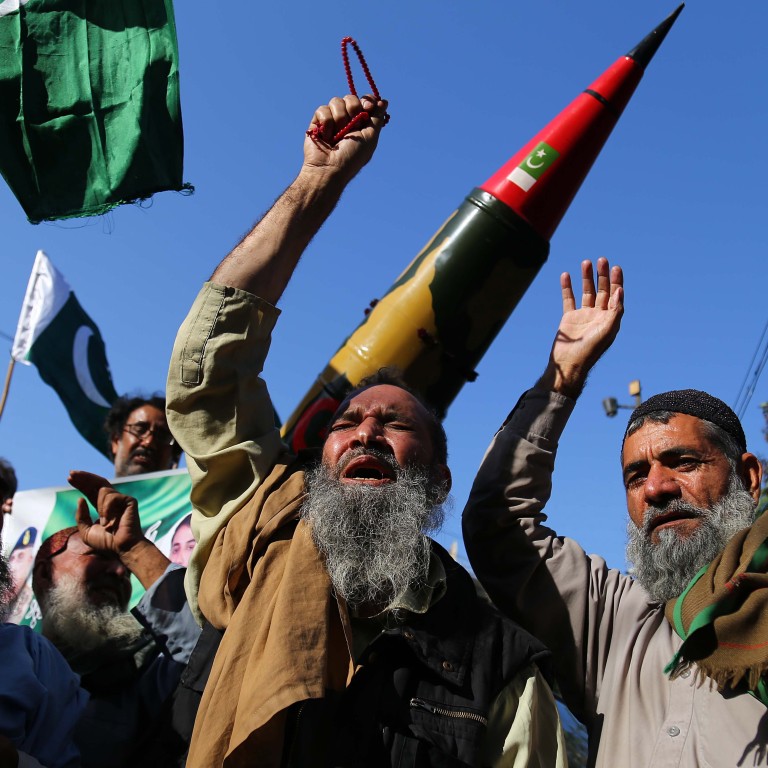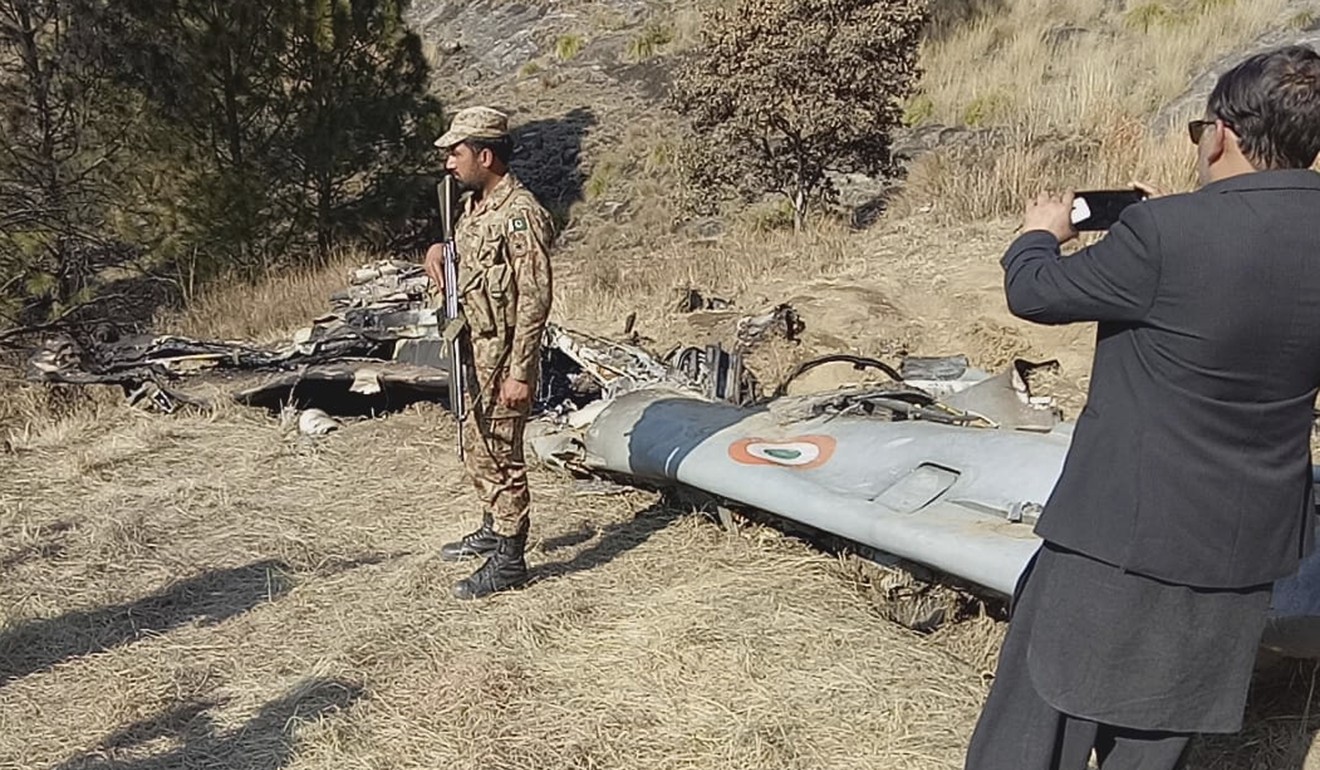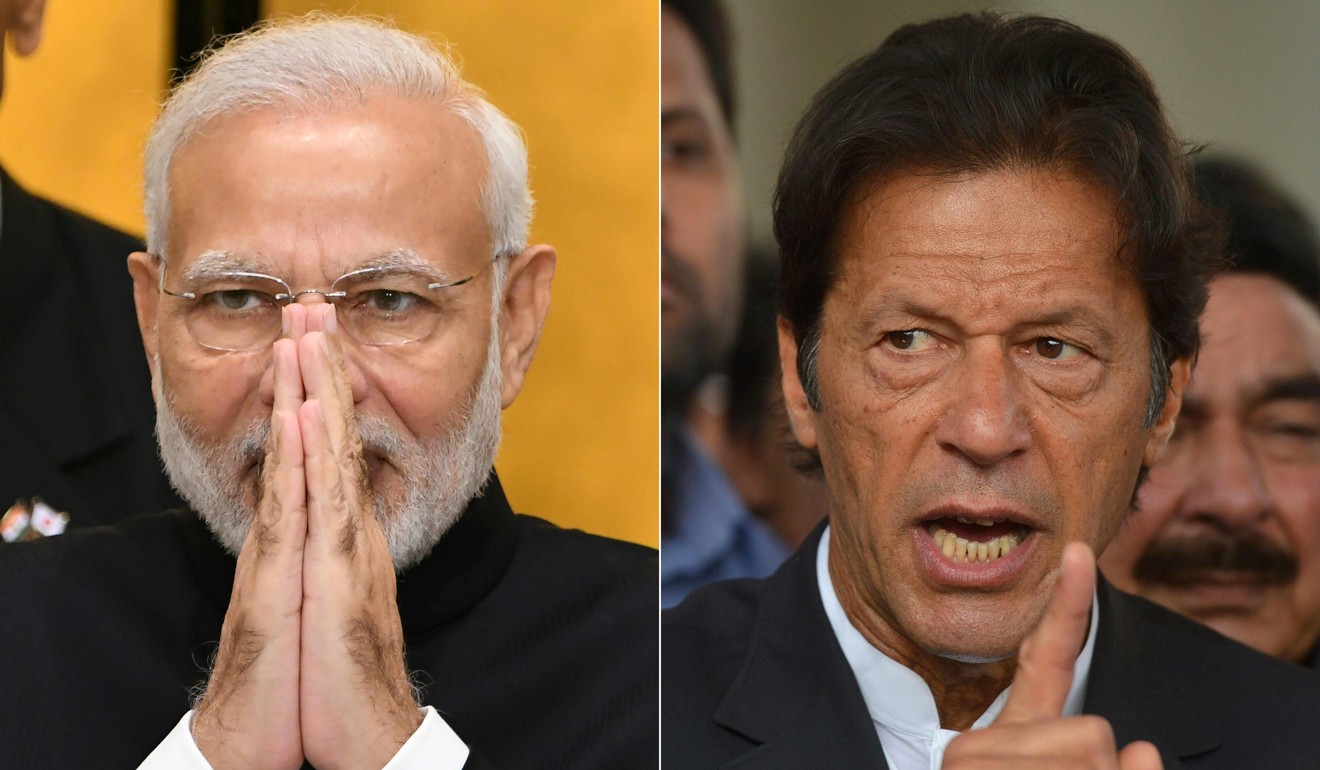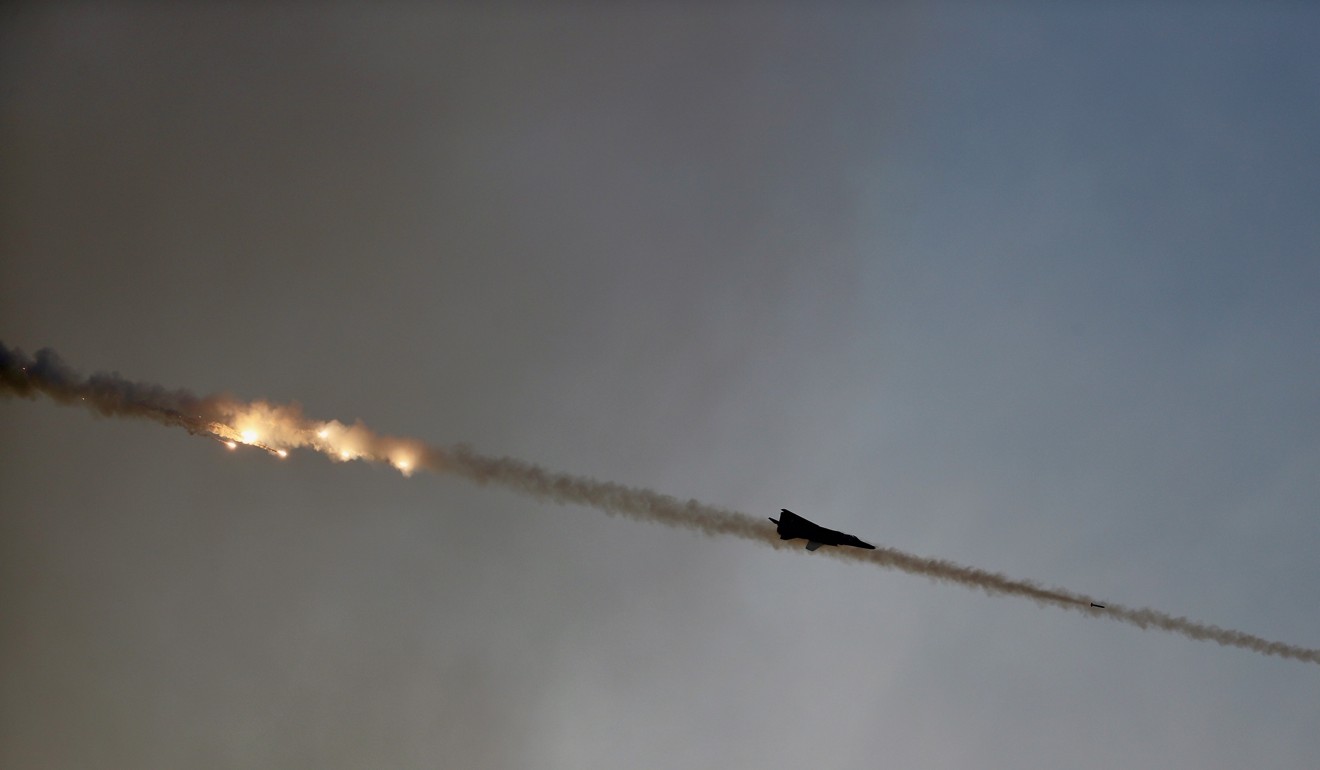
Kashmir conflict: India and Pakistan threatened to launch missiles at each other during crisis, sources say
- Capture of Indian pilot after dogfight was a trigger
- US, China and United Arab Emirates were engaged in efforts to defuse crisis
The sparring between India and Pakistan last month threatened to spiral out of control and only interventions by US officials, including National Security Adviser John Bolton, headed off a bigger conflict, five sources familiar with the events said.
At one stage, India threatened to fire at least six missiles at Pakistan, and Islamabad said it would respond with its own missile strikes “three times over”, according to Western diplomats and government sources in New Delhi, Islamabad and Washington.
The way in which tensions suddenly worsened and threatened to trigger a war between the nuclear-armed nations shows how the Kashmir region, which both claim and is at the core of their enmity, remains one of the world’s most dangerous flashpoints.
The exchanges did not get beyond threats, and there was no suggestion that the missiles involved were anything more than conventional weapons, but they created consternation in official circles in Washington, Beijing and London.

Reuters pieced together the events that led to the most serious military crisis in South Asia since 2008, as well as the concerted diplomatic efforts to get both sides to back down.
The simmering dispute erupted into conflict late last month when Indian and Pakistani warplanes engaged in a dogfight over Kashmir on February 27, a day after a raid by Indian jet fighters on what it said was a militant camp in Pakistan.
Islamabad denied any militant camp exists in the area and said the Indian bombs exploded on an empty hillside.
In their first such clash since the last war between the two nations in 1971, Pakistan downed an Indian plane and captured its pilot after he ejected in Pakistan-controlled Kashmir.
Hours later, videos of the bloodied Indian pilot, handcuffed and blindfolded, appeared on social media, identifying himself to Pakistani interrogators, deepening anger in New Delhi.
With Prime Minister Narendra Modi facing a general election in April-May, the government was under pressure to respond.

That evening, Indian National Security Adviser Ajit Doval spoke over a secure line to the head of Pakistan’s Inter Services Intelligence (ISI), Asim Munir, to tell him India was not going to back off its new campaign of “counter terrorism” even after the pilot’s capture, an Indian government source and a Western diplomat with knowledge of the conversations told Reuters in New Delhi.
Doval told Munir that India’s fight was with the militant groups that freely operated from Pakistani soil and it was prepared to escalate, said the government source.
A Pakistani government minister and a Western diplomat in Islamabad separately confirmed a specific Indian threat to use six missiles on targets inside Pakistan.
Kashmir conflict explained: what took Pakistan and India to brink of war?
They did not specify who delivered the threat or who received it, but the minister said Indian and Pakistani intelligence agencies “were communicating with each other during the fight, and even now they are communicating with each other”.
Pakistan said it would counter any Indian missile attacks with many more launches of its own, the minister said, speaking on condition of anonymity.

“We said if you will fire one missile, we will fire three. Whatever India will do, we will respond three times to that,” the Pakistani minister said.
Doval’s office did not respond to a request for comment. India was not aware of any missile threat issued to Pakistan, a government official said in reply to a Reuters request for comment.
Pakistan’s military declined to comment and Munir could not be reached for comment. Pakistan’s foreign ministry did not respond to a Reuters request for comment.
The crisis unfolded as US President Donald Trump was trying to hammer out an agreement with North Korean leader Kim Jong-un in Hanoi over its nuclear programme.
US security adviser Bolton was on the phone with Doval on the night of February 27 itself, and into the early hours of February 28, the second day of the Trump-Kim talks, in an attempt to defuse the situation, the Western diplomat in New Delhi and the Indian official said.
Later, US Secretary of State Mike Pompeo, who was also in Hanoi, also called both sides to seek a way out of the crisis.
The Pakistani minister said China and the United Arab Emirates also intervened. China’s foreign ministry did not respond to requests for comment. However, Beijing earlier this month said it
On the morning of February 28, Trump told reporters in Hanoi that he expected the crisis to end soon.
“They have been going at it and we have been involved in trying to have them stop. Hopefully that is going to be coming to an end.”
China deflects India’s call for United Nations sanctions on leader of Pakistan-based militants
Later that afternoon, Khan announced in Pakistan’s parliament that the Indian pilot would be released, and he was sent back the next day.
The two countries have gone to war three times since both gained independence in 1947, the last time in 1971. The two armies are trading fire along The Line of Control that separates them in Kashmir, but the tensions appear contained for now.
Diplomatic experts said that the latest crisis underlined the chances of misread signals and unpredictability in the ties between the nuclear-armed rivals, and the huge dangers.

